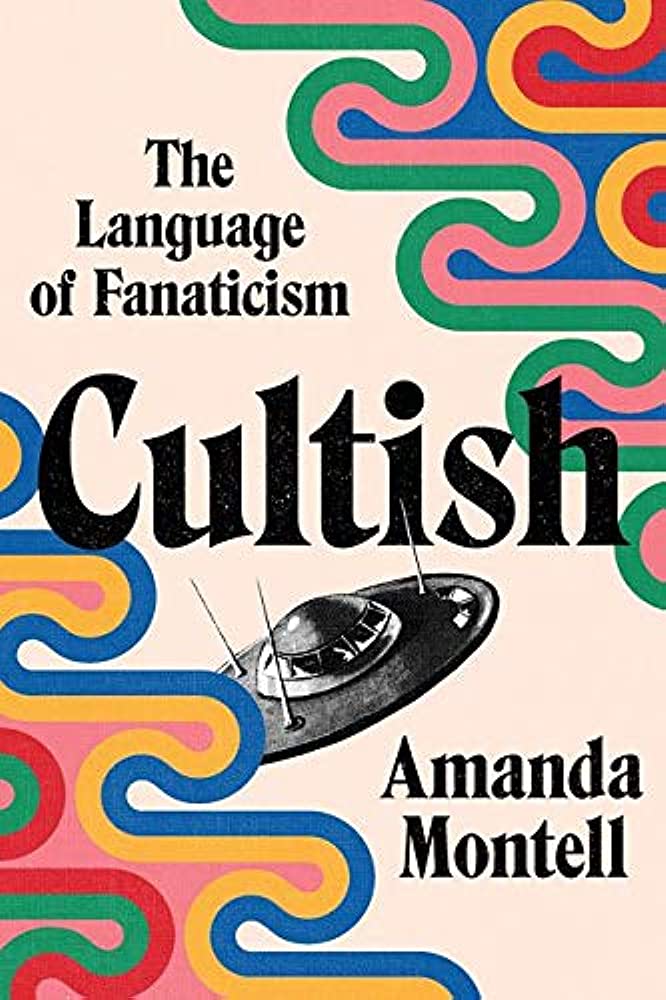
Duty After School (TVING)
Lee Yejin: When a mysterious alien race in spheres blots out the skies over South Korea, the country prepares for war and everyone down to high school seniors is called on to protect their country. All the while, universities stop accepting early admissions and students’ only option to get ahead is the CSAT. While at first glance it might be hard to understand why students who have to study for the CSAT while taking their regular classes would also elect to undergo military training at school, it’s more understandable once you realize the training gives them an edge in admissions. With the CSAT bump reserved exclusively for those students who undergo training, and a reward/demerit system for their score based on how hard they train and their obedience, the authorities in the show have an ironclad hold on the kids at Sungjin High. The students that the show follows are trained specifically to wage war on the spheres in the sky, and as their commander tells them, “If you don’t want to die, run. No one will save you. You have to survive by yourself.” Despite the warning, the students of Class 3-2 help each other out, assisting one another in getting their protective equipment on when things get hairy and figuring out how to stick together without leaving their injured classmate behind. Though characters may turn selfish or spiteful in the face of crisis throughout the course of the show, there’s no major villain. Despite the mixture of fear, anger, sadness and guilt, the high school students grow up hopeful instead of in despair. Duty After School returns with part two—that’s episodes seven through 10—on April 21.
AIR
Im Sooyeon (CINE21 reporter): There was a time when Nike, the company with evergreen popularity, was at the bottom of the industry. AIR is set in 1984 as Nike, lagging behind Converse and Adidas, looks for new models in order to invigorate their brand. They end up hiring Sonny Vaccaro (Matt Damon), a talent scout who lives for marketing new products and pours everything he’s got into discovering promising athletes. Sonny’s drawn to the potential of one new player in the NBA named Michael Jordan and puts forth an unconventional proposal to Nike president Phil Knight (Ben Affleck): to drop the entire budget of a new department dedicated to basketball shoes on Jordan. AIR is more akin to The Social Network than THE FIRST SLAM DUNK; it follows the companies and people who later become the movers and shakers, not the sport that underpins it all. As the film follows the genesis of Air Jordan and how it positioned Nike into the stronghold it has today, it offers a fascinating peek into the landscape of the business of sports marketing and cleverly emphasizes the value of intuition and of perseverance. Though the story has some structural weaknesses, including few dramatic turns and a foregone conclusion, the rhythm that arises from the conflicts and harmony between the different characters will keep viewers on the edge of their seats. AIR is the third collaboration between Damon and Affleck following Good Will Hunting and The Last Duel, and Affleck’s fifth directorial feature.
Cultish (Amanda Montell)
Kim Gyeoul (writer): The controversy that the Netflix documentary In the Name of God: A Holy Betrayal brought with it seems to have died down somewhat, but while talk of the show may be waning, awareness of cults looks to be stronger than ever. Maybe the hardest thing for shocked viewers of the documentary to wrap their heads around is how in the world a person could ever sign over their body and mind to a cult without so much as a shred of doubt. That might explain the outpouring of YouTube videos purporting to be about what characteristics make a person prone to joining a cult. In some videos, psychiatrists tackle the question from a medical perspective; in others, psychologists solve the problem using their brand of expertise; in others still, historians turn to examples throughout time in an effort to explain. Then there’s Amanda Montell’s book Cultish, which looks at this issue from a linguistic standpoint, as the book’s subtitle, The Language of Fanaticism, points to. Cults rely on brainwashing their members, preventing them from forming meaningful relationships with people outside the inner circle and paralyzing the faculties for rational thinking, and it’s all done through the power of language. And it’s not just cults that do this: Pyramid scheme sellers, celebrity self-improvement peddlers and scammy fitness influencers all use language that leverages subtle techniques to entrance the kind of person who can be swayed and encourage them to fall into certain belief systems. Montell says it isn’t enough to simply avoid cults to be safe; it’s important to continuously observe when your current belief systems are impacted and in what way.
“Mercurial” (Silica Gel)
Kim Yunha (Music Critic): The importance of visuals when it comes to listening to music can’t be emphasized enough. The Buggles were no doubt peering directly into the not-so-distant future when they were singing “Video Killed the Radio Star” around the launch of the then music-centric network MTV in 1981. Some 40 years later, that prophecy has come true on a small peninsula in East Asia. K-pop is now the leader of visual music and of the full package. Even MTV’s great-grandmother couldn’t have predicted the future would turn out quite like this.
The band Silica Gel took aim dead center at this trend right from their formation in 2013. Their song “Mercurial” and the accompanying music video are a collection of the unusual yet surprisingly familiar things they’ve worked on since their early days, back when they had one member of their band who never laid a finger on an instrument and was there exclusively to VJ. These days, they’re working with visual artist and video director Meltmirror to exquisite effect. Last year’s single “NO PAIN” is a deftly intertwined work of their signature sonorous melodies and unique fantasy storytelling from start to finish, swirling out in nonlinear spirals in an elaborate video complete with bizarre camerawork. “Mercurial” is a brand collaboration and the product of a comfortable eight months of work—the kind of freedom that guarantees quality, and it shows in the music and in the visuals. Naturally, the song is full of love and respect for everyone who worked on the project. In other words, it represents the pinnacle of music everyone is striving for.
Unauthorized reproduction and distribution prohibited.
